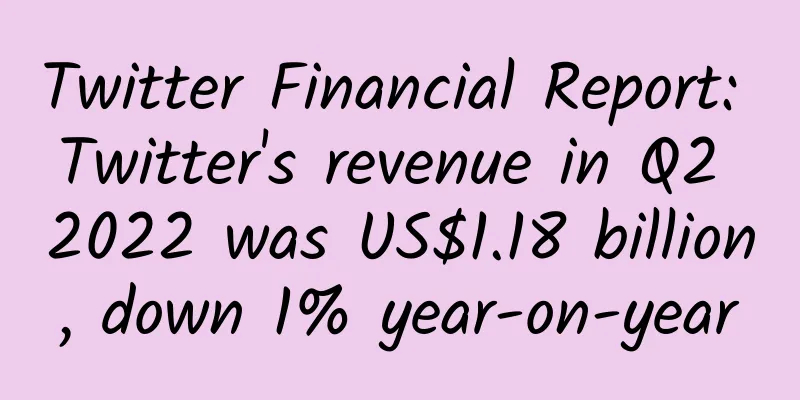CPTSD: emerging from complex trauma

|
Understanding CPTSD Complex Post-Traumatic Stress Disorder (CPTSD) is a psychological disorder that is usually caused by long-term or repeated traumatic events, such as childhood abuse, hostage situations, combat experiences, or long-term emotional neglect. Compared with traditional PTSD, CPTSD has a broader impact that is not limited to the response to a specific traumatic event, but also involves a person's self-perception, relationships with others, and overall life functioning. Symptoms are more than just "memories" Imagine that life is like a horror movie played on a loop, but this time, you are both the audience and the protagonist. Frequent nightmares, emotional dissociation, lack of trust, guilt... these are the mysteries that CPTSD may bring. Core features of CPTSD Difficulty regulating emotions: People may have difficulty managing their emotions, experience strong mood swings, or feel emotionally numb. Negative self-perception: Persistent self-deprecation, feelings of worthlessness or inadequacy. Relationship problems: Difficulty trusting others, fear of becoming dependent on others, or challenges forming and maintaining healthy relationships. Dissociative symptoms: Feeling separated from one's thoughts, emotions, or body, sometimes with a sense of being "out of touch with reality." Persistent alertness: Similar to PTSD, symptoms may include hypervigilance, irritability, or sleep disturbances Treatment and recovery pathways Psychological treatments: particularly psychodynamic therapy, cognitive behavioral therapy (CBT), and eye movement desensitization and reprocessing (EMDR), which focus on processing traumatic memories, improving emotion regulation, and rebuilding a sense of self-worth. Stabilization techniques: Teaching patients coping mechanisms to help them manage emotions and stress in their daily lives. Interpersonal skills training: Enhance the ability of interpersonal communication and trust building, and improve social functions. Group support: Join a group of people with similar experiences to share experiences, support each other, and reduce loneliness. Tip: Be patient and hopeful Recovery is a gradual process that takes time and patience. Remember, it takes courage to seek help, and everyone has the potential to recover and grow. With professional guidance, many people with CPTSD are able to significantly improve their quality of life and regain color and hope in their lives. |
<<: How do people with "three highs" eat on a daily basis? Experts give the answer
Recommend
Why is there a layer of wax on the apple skin? Is the white color that comes out of the apple skin wax?
Apple peel refers to the outer covering of the ap...
What is glacial acetic acid and why is it illegal?
Recently, a vinegar factory in Qingxu County, Tai...
How should menopausal women eat to delay aging?
When women reach menopause, they will have many w...
What medicine should be used for aerobic vaginitis?
The main reason why many women suffer from vagini...
What kind of product is milk dates? What kind of dates are used in milk dates?
Milk dates are made by removing the pits from red...
What is the cleanliness of gynecological examination?
Women are prone to certain bad habits that may le...
Leucorrhea is more like tofu
Women must learn to love themselves, care for the...
What causes vaginal itching at night?
Severe vaginal itching may also affect the qualit...
The magic of clay! A new breakthrough in the method of stopping bleeding
Produced by: Science Popularization China Author:...
Asymptomatic ectopic pregnancy
Under normal circumstances, if the test tube embr...
Reasons for delayed menstruation
A woman's menstrual cycle is usually twenty-e...
Why do giant pandas love to eat bamboo and bamboo shoots? How much bamboo can a giant panda eat in a day?
Giant pandas usually live in dense forests. There...
What behaviors can cause miscarriage?
Most of the causes of miscarriage in women are ca...
Why is the ecological board called ecological board? What are the advantages of ecological board?
In the process of home decoration, many people th...
Is it really okay to take a shower during menstruation?
Many women feel that their bodies are dirty and u...









